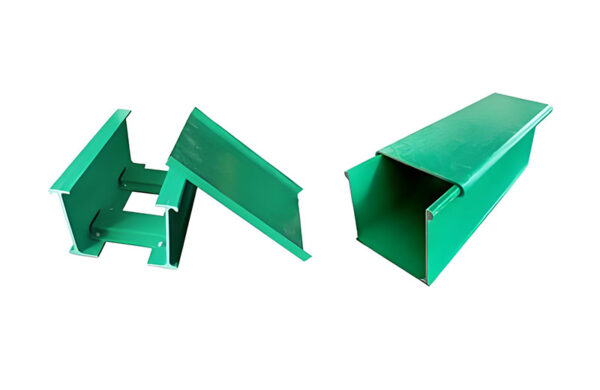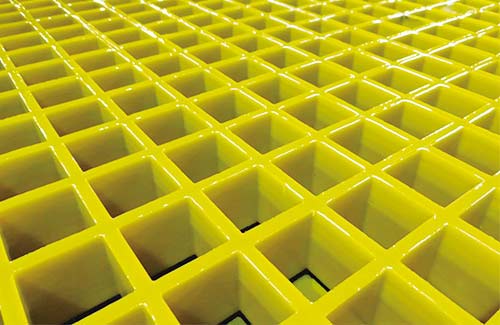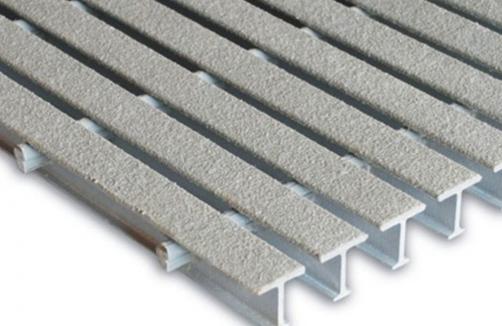FRP Grating for Ship Decks: US Coast Guard Approved Ultimate Guide
When considering deck materials for marine vessels, many ship owners and operators face critical questions about durability, safety, and compliance. Among these inquiries, one stands out: What makes FRP grating the optimal choice for ship decks approved by the US Coast Guard?

The primary concern for any maritime application is meeting stringent safety standards. US Coast Guard approval ensures that FRP grating has undergone rigorous testing for fire retardancy, slip resistance, and load-bearing capacity. This certification provides vessel operators with peace of mind that their deck material meets the highest safety requirements for marine environments.
Another frequently asked question revolves around material performance. Traditional steel grating corrodes rapidly in saltwater environments, requiring frequent replacement and costly maintenance. FRP grating, however, offers exceptional corrosion resistance, reducing lifecycle costs significantly. Its non-conductive properties also eliminate electrical hazards, making it ideal for vessels where electronic equipment is present.
When selecting FRP grating for marine applications, several factors must be considered. The resin formulation should be specifically designed for UV resistance and chemical exposure common in marine settings. Additionally, the grating’s surface design must provide adequate traction, even when wet, to prevent accidents on slippery decks.
Many operators wonder about installation requirements. Unlike heavy metal alternatives, FRP grating’s lightweight nature simplifies handling and installation, reducing labor costs. However, proper installation techniques must be followed to ensure structural integrity and safety compliance.
A shipyard in the Pacific Northwest recently shared their experience after transitioning from steel to FRP grating. “The reduction in maintenance has been remarkable,” reported their operations manager. “We’ve eliminated quarterly inspections for corrosion and replaced damaged sections in hours rather than days. The initial investment paid for itself within 18 months.”
For those concerned about fire safety, modern FRP formulations meet stringent fire resistance standards required by maritime regulations. The material’s low thermal conductivity also provides additional safety benefits compared to metal alternatives.
When evaluating suppliers, look for manufacturers with extensive experience in marine applications and proper US Coast Guard certification documentation. Requesting case studies and references from similar vessels can provide valuable insights into real-world performance.
In conclusion, US Coast Guard approved FRP grating represents a superior solution for ship decks, offering unmatched durability, safety, and cost-effectiveness. By addressing these common questions and considerations, vessel operators can make informed decisions that enhance both safety and operational efficiency.







